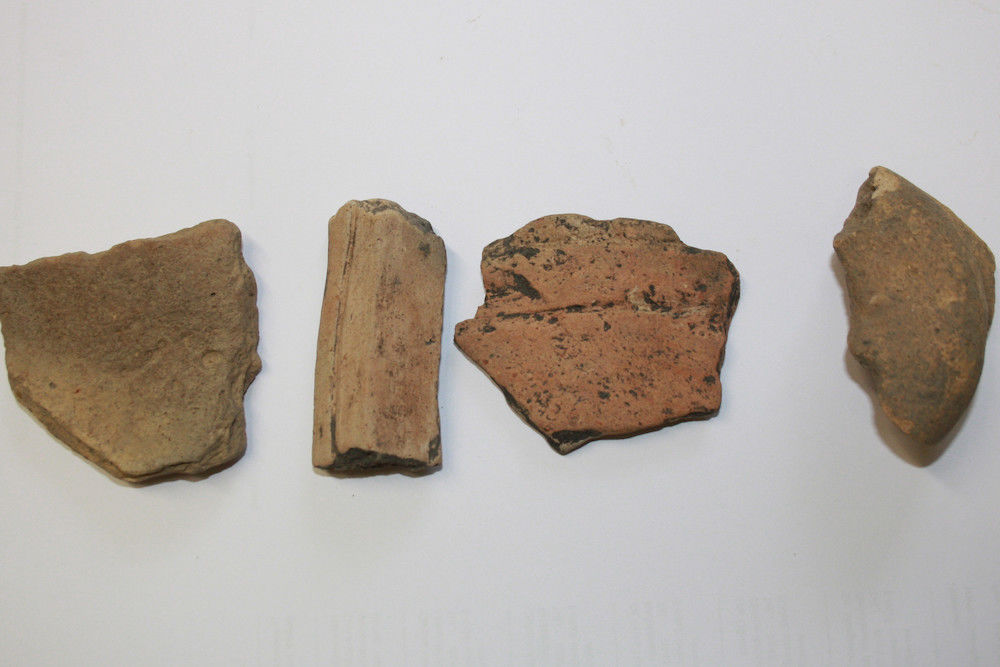Robust clay: Chemist from Halle University finds glass needles in thousand-year-old ceramics from Brazil

In cooperation with colleagues of Johannes Gutenberg University Mainz, the Max Planck Institute for Polymer Research Mainz and the Julius Wolff Institute Berlin, Filipe Natalio could prove that these siliceous spicules enhanced fracture-resistance and stiffness of precolonial Amazonian ceramics. The study has now been published in “Scientific Reports”. The idea for the project emerged during a rain forest expedition in the Brazilian region of Manaus. Dr. Natalio and his colleagues from Germany, Brazil and Chile were shown by Amazonian natives the pre-colonial roll-coil technique for fabrication of pottery. “It was already known that the Amazonian natives added siliceous spicules from freshwater sponges to the clay”, reported Dr. Natalio, the reason, however, had been unknown so far.
Today we know that in prehistoric times also many other civilizations combined clay with other materials. “Now we can prove, however, that here bioinorganic materials of organic origin were used for the very first time in history”, summarized the Portuguese researcher, Dr. Natalio. For the project the scientists studied potsherds of an age up to 2,500 years. By using optical and electron microscopes the scientists studied the surfaces of the potsherds and energy dispersive X-ray analysis revealed the inside structures.
By conduction of further tests the scientists could describe the extraordinary mechanical properties of the siliceous spicules. “They are surprisingly tough, but also flexible which is not the case in glass”, reported Dr. Natalio. Even more unusual: even after heating to 500 °C the spicules did not lose these properties. The Amazonian natives took advantage of these effects: the compound of clay and siliceous spicules allowed to fabricating bigger clay vessels in order to store more foot and water. These improved properties seem to be one reason why relics of this specially fabricated pottery can be found throughout the Amazonian lowlands.
Normally, clay shrinks upon burning. In the laboratory, the scientists found that the volume of clay containing siliceous spicules showed a reduced shrinkage of only 11 %, whereas the stiffness increased three-fold. In contrast, clay samples containing sand or glass fibres showed a significantly lower stability or reduced size after heating.
Not only the siliceous spicules, but also the fabrication technology of the pottery had decisive effects on the improved properties. The Amazonian natives fabricated their ceramics by using the roll-coil technique, where the clay was rolled and pressed into layers. By application of this technique, siliceous spicules could be distributed evenly and prevent therewith uncontrolled crack propagation or breakage.
The results provide another element for a better understanding of the history of the Amazonian natives and their technological development. “Only the close cooperation between archaeologists, physicians and chemists made the project to a success”, Dr. Natalio underlines. “Our findings, however, will not lead to new technological applications. Nowadays, we have with nanotubes or glass fibre cables modern and highly advanced materials or compounds which base, however, on the same principles like the ceramic works done 5,000 years ago. Now and then, different materials were mixed, in order to create the so-called compounds with improved properties.”
